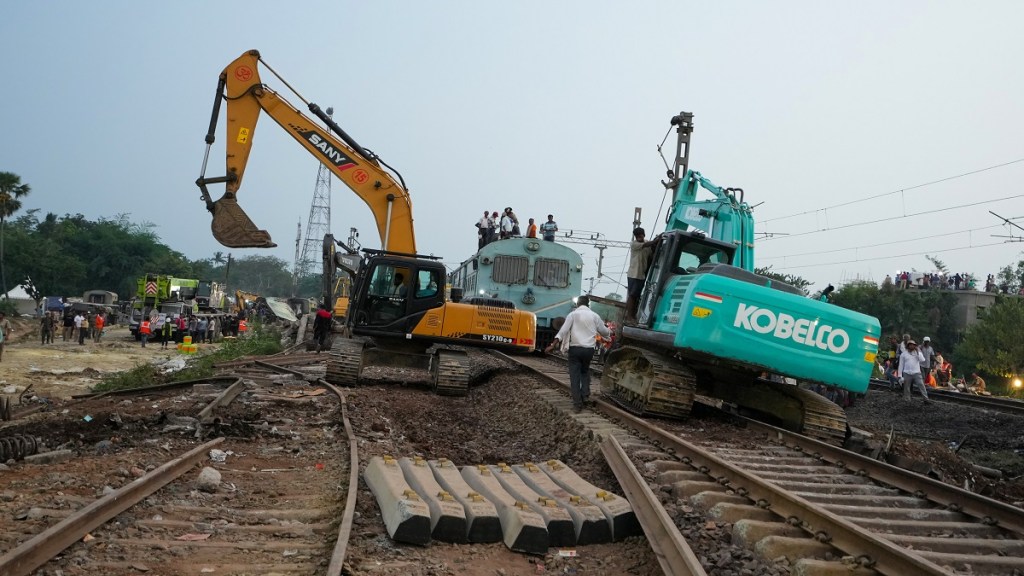Friday’s triple train crash that killed at least 288 people and injured over 1,000 is the worst such tragedy in the country in two decades. The shocking visuals of bodies lying on the railway track, blood-stained faces of the injured crying for help and mangled rail compartments can be mind-numbing. Surely, there has to be a lot of soul-searching and proper investigations to get to the root cause of the problem that led to this colossal tragedy. The government should accept the Railway Board’s recommendation of a Central Bureau of Investigation probe into the matter. It has promised to punish the guilty and has announced extensive relief measures for the victims. But this should not end up in yet another case of a few days of hand-wringing and political shadow-boxing before the file is closed after a committee report. That would be an even bigger tragedy. Railway officials have already started a damage control exercise by stating that the number of accidents per million train kilometres, a gauge of safety, had fallen to 0.03 in 2021-22 from 0.10 in 2013-14. The numbers may well be correct, but the timing of such self-defence initiatives could have been much better. In any case, average numbers can be misleading and can’t anyway offer any solace in this time of tragedy.
Preliminary enquiries suggest failure of the electronic interlocking system, which is a microprocessor-based equipment to read the yard and panel inputs; process them in a fail-safe manner as per the selection table and generate the required output. The new system apparently flashed the correct light but switched an unsuspecting Shalimar-Chennai Central Coromandel Express to the wrong tracks. An interlocking system failure could be an outcome of electromechanical faults, poor maintenance, or delayed replacement coupled with poor human supervision. One needs to wait for the investigations to be over before passing judgement on whether there was human error or involvement.
Also read: Sailing into choppy waters
What can, however, be a fair argument is this: While India’s vast rail network is undergoing a $30-billion transformation with gleaming new trains and modern stations, Friday’s deadly train accident shows more attention must be paid to safety. Questions are also being asked why the anti-collision system Kavach had not been installed on this key route.A report from the Comptroller and Auditor General, released in December 2022 shows that the internal funds the Railways generated for a safety initiative launched in 2017-18—focused on train collision avoidance, replacement of overage signals and other safety aspects—fell short of the target every year for four years.
Also read: Indian Democracy is a global inspiration
The CAG also found that the Rashtriya Rail Sanrakshan Kosh, a five-year safety initiative launched in 2017-18, had not received the expected Rs 5,000 crore annually from the Railways’ internal resources for at least the first four years of the initiative. The audit found that while the initiative received the gross budgetary support of Rs 15,000 crore annually, over the four years from 2017-18 to 2020-21, the Railways contributed a total of only Rs 4,225 crore instead of the mandated Rs 20,000 crore. There is no doubt that Indian Railways, which runs the fourth-largest train network in the world, transporting 13 million people every day and moving nearly 1.5 billion tonnes of freight, needs high-speed trains which need to be showcased as evidence of modernisation. But attention to safety has to remain the top priority. After all, the lifeline of the nation has to live up to its name by first protecting people’s lives.

